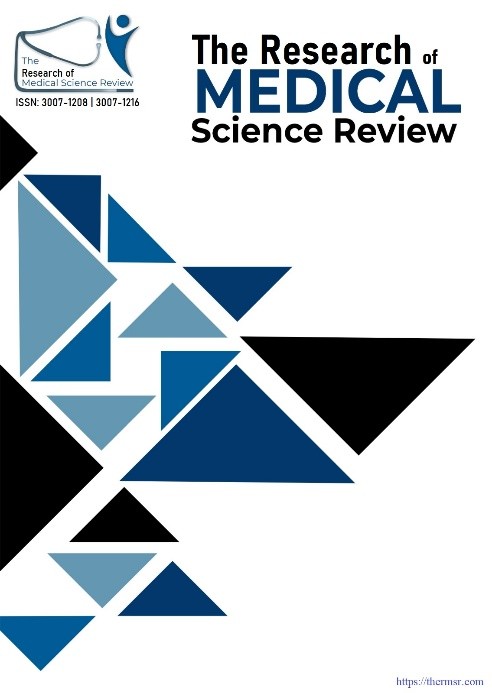DIAGNOSTIC ACCURACY OF FINE NEEDLE ASPIRATION CYTOLOGY IN HEAD & NECK LESIONS TAKING HISTOPATHOLOGY AS GOLD STANDARD
Main Article Content
Abstract
OBJECTIVE: To determine the diagnostic accuracy of fine needle aspiration cytology in detection of head and neck lesions by taking histopathology as gold standard. METHODOLGY: This research was conducted within the Otolaryngology Department at Civil Hospital Karachi, utilizing a non-probability consecutive sampling approach. The investigation focused on subjects aged from 18 to 70 years of either gender who presented with head and neck masses that had persisted for a minimum duration of one week. Upon obtaining informed consent, each subject underwent ultrasound-guided fine needle aspiration cytology (FNAC), followed by a biopsy for histopathological confirmation. The data was entered and analyzed using SPSS version 26. Descriptive statistics was computed, and the data was analyzed and presented with a 95% confidence interval. RESULTS: Among the cohort of 283 patients, a significant predominance of females was observed, comprising 74.6% of the sample, with a calculated mean age of 42.40 ± 13.75 years. Fine-needle aspiration cytology (FNAC) exhibited a sensitivity of 95.48% and a specificity of 30.65% in the identification of head and neck lesions, yielding a positive predictive value of 83.07% and a negative predictive value of 65.52%. The aggregate diagnostic accuracy was determined to be 81.27%, accompanied by a positive likelihood ratio of 1.38 and a negative likelihood ratio of 0.15. CONCLUSION: Fine-needle aspiration cytology (FNAC) represents an exceptionally sensitive modality for the identification of malignant lesions within the head and neck region, thereby rendering it a significant preliminary diagnostic instrument. Nonetheless, its relatively low specificity is indicative of an elevated false-positive rate, thereby necessitating the necessity for histopathological confirmation. The enhancement of specificity through the application of advanced methodologies or supplementary modalities has the potential to further augment its diagnostic accuracy.
Downloads
Article Details
Section

This work is licensed under a Creative Commons Attribution-NonCommercial-NoDerivatives 4.0 International License.
